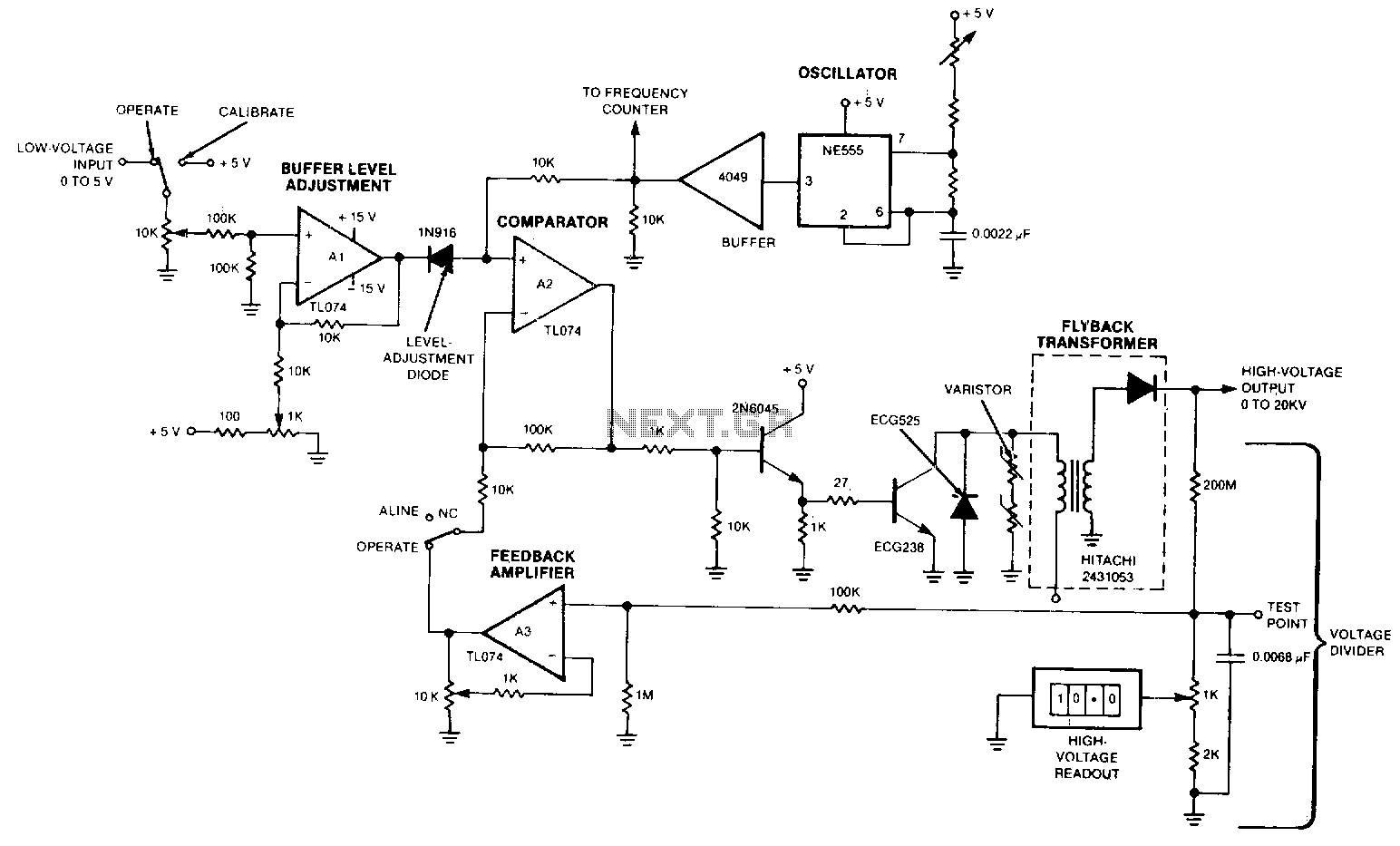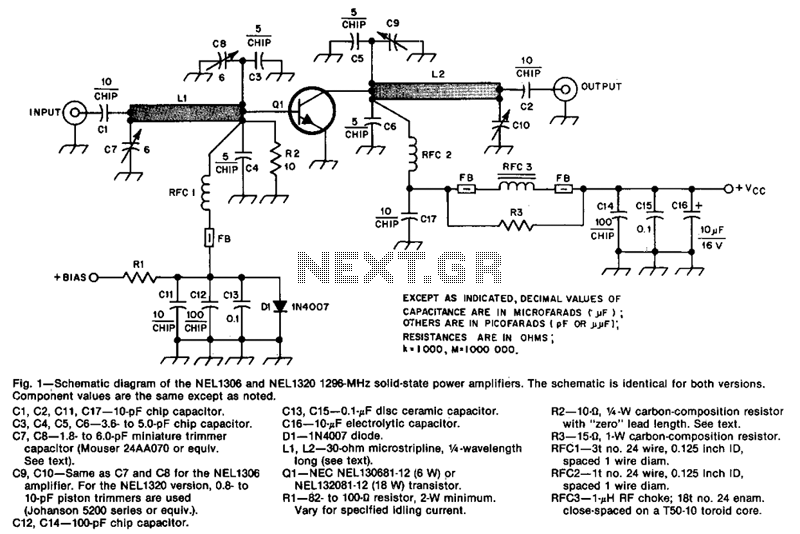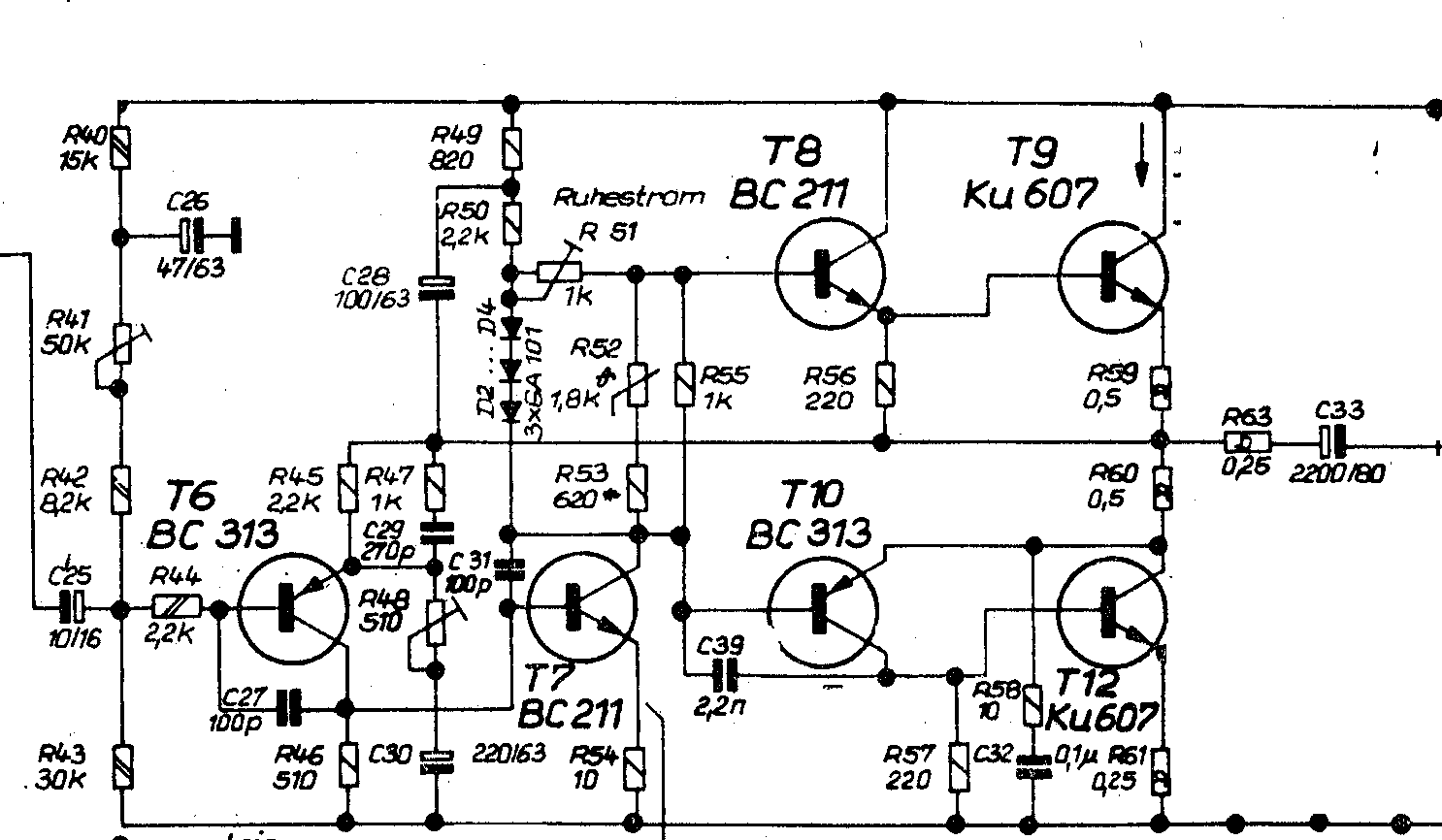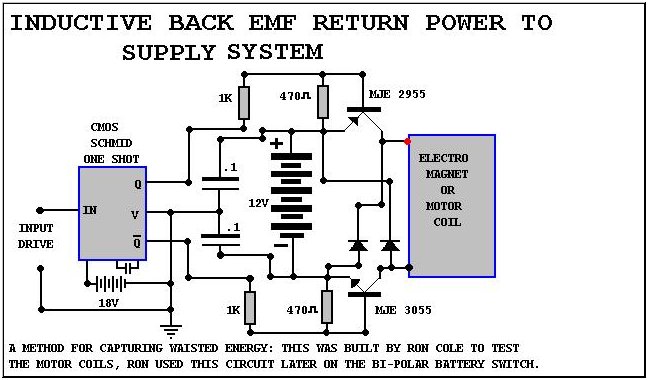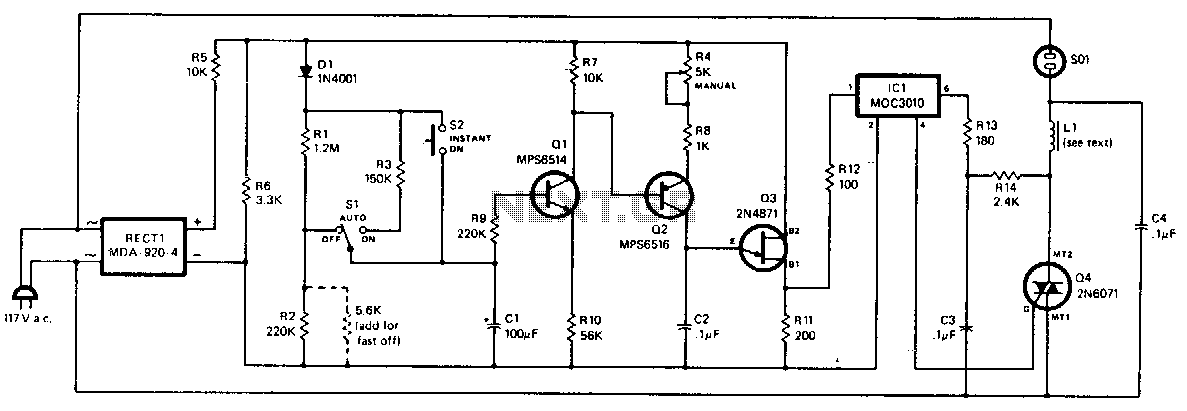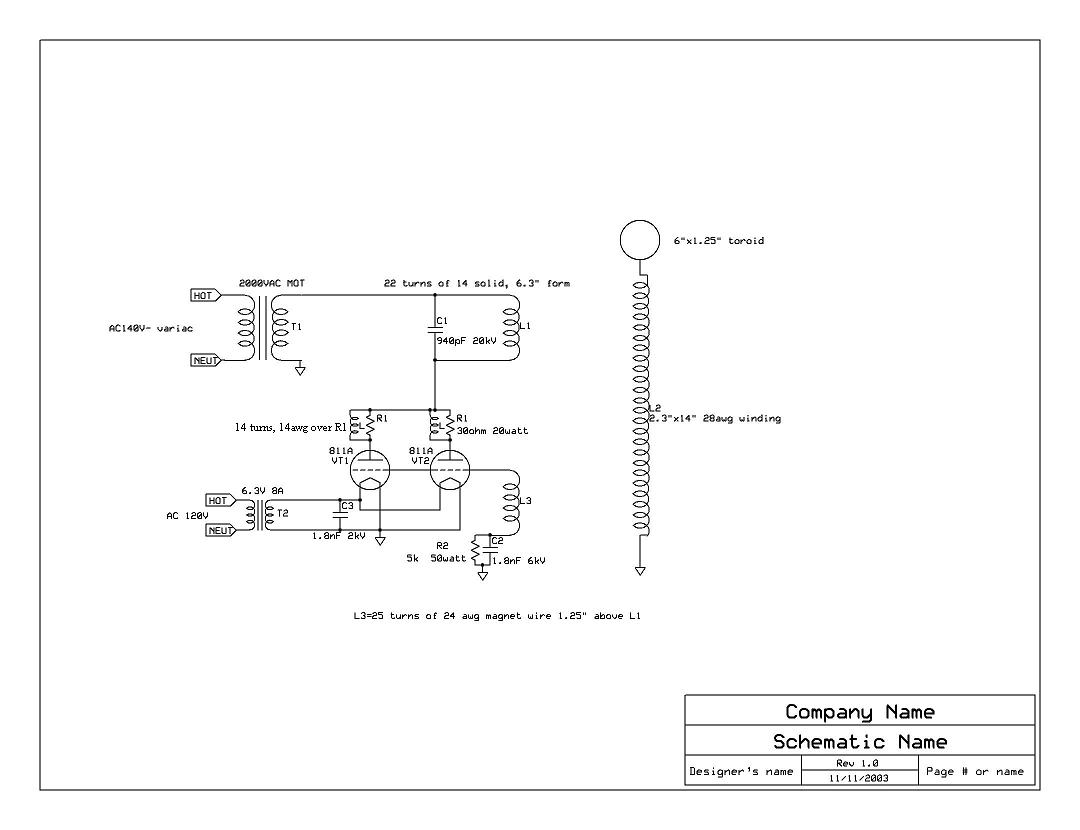
solid state tesla coil
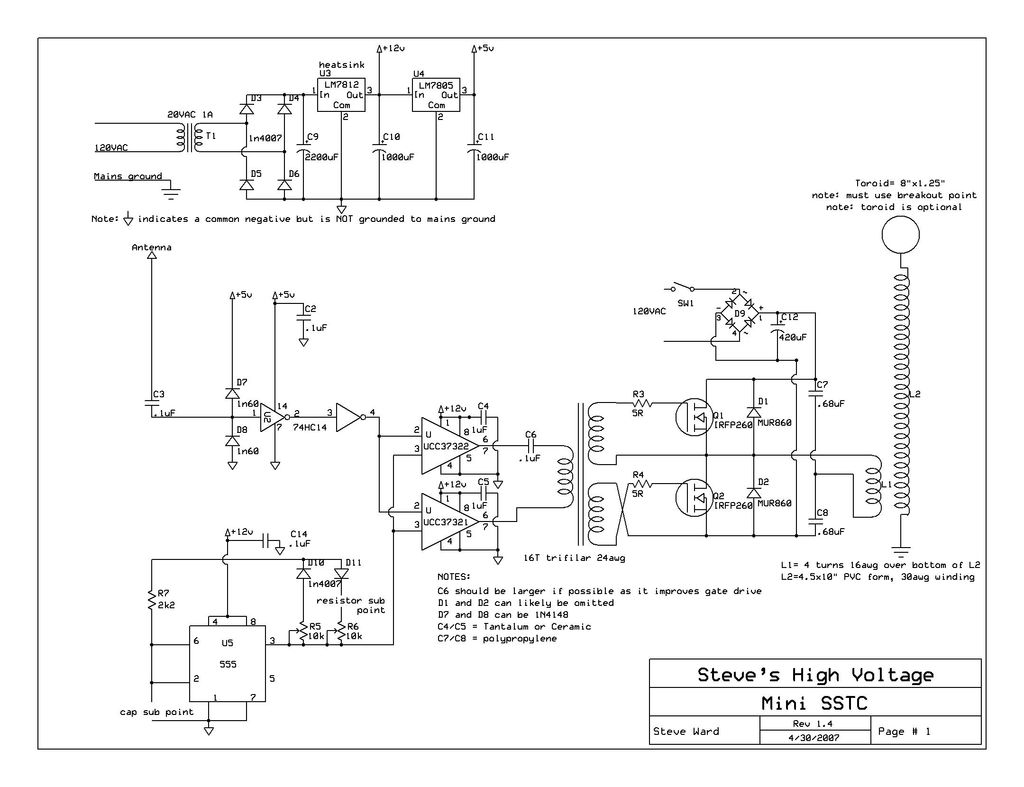
This instructable provides detailed instructions for constructing a solid-state Tesla coil based on Steve Ward's mini SSTC schematic.
The solid-state Tesla coil (SSTC) is an advanced high-frequency resonant transformer that operates without the need for mechanical components such as spark gaps. The design presented is based on a mini SSTC schematic by Steve Ward, which is recognized for its simplicity and effectiveness in producing high-voltage outputs.
Key components of the SSTC include a power supply, a driver circuit, a primary coil, a secondary coil, and a feedback mechanism. The power supply typically consists of a DC source, such as a battery or a power adapter, which feeds into the driver circuit. The driver circuit is crucial as it generates the high-frequency signals necessary to energize the primary coil. This is often accomplished using a high-speed switching device, such as a MOSFET or IGBT, which rapidly turns on and off to create the desired oscillation.
The primary coil is wound with a few turns of thick wire and is connected to the driver circuit. The secondary coil, which has a larger number of turns and is usually wound around a cylindrical form, is where the high voltage is generated. The interaction between the primary and secondary coils occurs through electromagnetic induction, whereby energy is transferred from the primary to the secondary coil, resulting in a significant voltage increase.
Feedback is typically implemented using a capacitor and a resistor network that senses the voltage in the secondary coil and feeds it back to the driver circuit. This feedback loop is essential for maintaining oscillation and maximizing energy transfer between the coils.
Safety precautions must be taken when working with SSTCs due to the high voltages generated. Proper insulation, grounding, and protective equipment are necessary to prevent electrical shock and equipment damage. Additionally, it is advisable to work in a controlled environment away from flammable materials.
Overall, this instructable serves as a comprehensive guide for enthusiasts and engineers interested in building a mini solid-state Tesla coil, providing insights into the necessary components and assembly techniques to achieve a functional and efficient device.!This instructable is meant to give detailed instructions on building a solid state tesla coil based off of steve ward`s mini sstc schematic. Ok, here.. 🔗 External reference
The solid-state Tesla coil (SSTC) is an advanced high-frequency resonant transformer that operates without the need for mechanical components such as spark gaps. The design presented is based on a mini SSTC schematic by Steve Ward, which is recognized for its simplicity and effectiveness in producing high-voltage outputs.
Key components of the SSTC include a power supply, a driver circuit, a primary coil, a secondary coil, and a feedback mechanism. The power supply typically consists of a DC source, such as a battery or a power adapter, which feeds into the driver circuit. The driver circuit is crucial as it generates the high-frequency signals necessary to energize the primary coil. This is often accomplished using a high-speed switching device, such as a MOSFET or IGBT, which rapidly turns on and off to create the desired oscillation.
The primary coil is wound with a few turns of thick wire and is connected to the driver circuit. The secondary coil, which has a larger number of turns and is usually wound around a cylindrical form, is where the high voltage is generated. The interaction between the primary and secondary coils occurs through electromagnetic induction, whereby energy is transferred from the primary to the secondary coil, resulting in a significant voltage increase.
Feedback is typically implemented using a capacitor and a resistor network that senses the voltage in the secondary coil and feeds it back to the driver circuit. This feedback loop is essential for maintaining oscillation and maximizing energy transfer between the coils.
Safety precautions must be taken when working with SSTCs due to the high voltages generated. Proper insulation, grounding, and protective equipment are necessary to prevent electrical shock and equipment damage. Additionally, it is advisable to work in a controlled environment away from flammable materials.
Overall, this instructable serves as a comprehensive guide for enthusiasts and engineers interested in building a mini solid-state Tesla coil, providing insights into the necessary components and assembly techniques to achieve a functional and efficient device.!This instructable is meant to give detailed instructions on building a solid state tesla coil based off of steve ward`s mini sstc schematic. Ok, here.. 🔗 External reference
